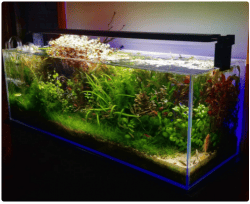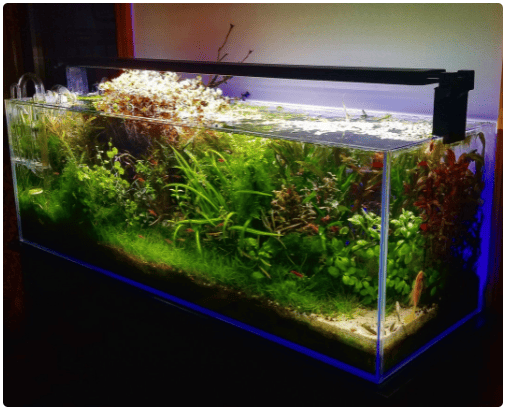Moving to a new house is stressful enough for us humans, but when we consider the effect on our pets, their stress must also be managed safely.
We think about how stressful this whole process is for us from the negotiation, the contacting of conveyancing solicitors Guildford or anywhere in the UK like Sam Conveyancing, the mortgage, the transfer, all manner of things but what about our pets?
Highly sensitive creatures like fish, for example, require some pre-planning and thoughtful moving techniques. If you’re moving an aquarium or simple tank, here are some tips to consider:
Never try to move the fish in their tank full of water. You must always remove the fish and as much water as possible before moving. Not only are tanks not built to withstand such movement but will also be prohibitively heavy with the water still inside. Worst case scenario could be a smashed tank, major flood and the loss of your fish.
To move your fish, use durable polythene bags, about half way filled with water from the tank. The bags must be carefully sealed with a good size air pocket above the water. Use thick rubber bands to secure the bags, and double bag where possible. These bags can be purchased from a pet store. For additional security, place the bags in a specially-designed polystyrene container, also available from aquatic shops. To help the movers, clearly label the container and mark with ‘this way up’ instructions. If you’re moving living plants along with your tank, they will also need to be transported in tank water.

For the safe removal of associated electrical appliances, make sure these are turned off at least 20 minutes before moving to allow them to cool down first. Fragile items, such as light tubes should be wrapped in paper and then stored with packing peanuts or polystyrene and clearly labelled.
For transporting the glass tank, make sure it’s wrapped with lots of protection like blankets or bubble wrap. It should be transported on a soft surface, preferably in the boot of a car rather than a van. Not only is there less space for it to move around, but it will also stay top of your agenda as it needs to be one of the first things you set up in the new house.
Getting the fish to their destination as quickly as possible is important and be aware of extreme weather temperatures on moving day. Both conditions of too cold and too hot can prevent the fish from surviving. For long journeys on hot days, you might consider a battery-operated air pump to keep the fish cool.
On arrival, get your fish settled back into the tank straight away. You’ll need to treat them as if they are new fish and dechlorinate the tank water before putting them back in. Make sure all water is room temperature before placing them back into the tank. The quicker, the better when it comes to having the tank and filter back up and running. For about 7 days, you will need to check on your fish regularly for signs of stress and check the water for nitrate and ammonia levels.

